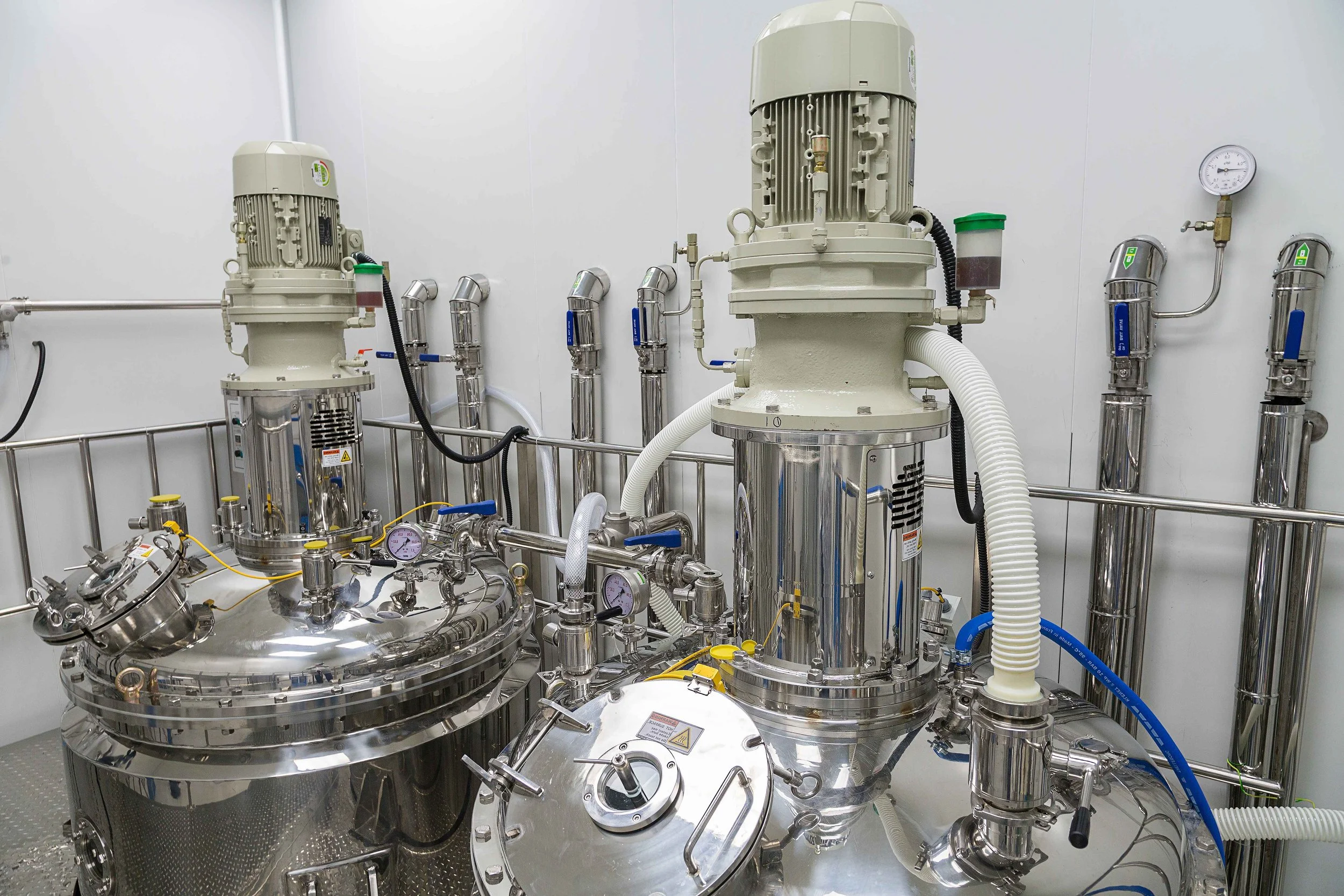How to Effectively Test Deep Cycle Batteries
Deep cycle batteries are the powerhouse of many essential systems, from renewable energy setups to marine vessels and RVs. Unlike regular car batteries, deep cycle batteries are designed to provide sustained power over a prolonged period. However, like any other battery, they degrade over time, leading to reduced performance and potential failure. Hence, it's crucial to understand how to effectively test deep cycle batteries to ensure they're operating optimally.
Understanding Deep Cycle Batteries
Deep cycle batteries are a type of lead-acid battery specifically designed for deep discharges, making them ideal for applications requiring sustained power delivery. Unlike starting batteries that provide short bursts of high current, deep cycle batteries are built to handle frequent discharges and recharges without significantly impacting their lifespan. To dive into the details, read further here https://goldenmateenergy.com/blogs/goldenmate-blog/a-complete-guide-to-deep-cycle-battery-testing.
Types of Deep Cycle Batteries
There are several types of deep cycle batteries available, each with its own advantages and disadvantages. The most common types include flooded lead-acid batteries, absorbed glass mat (AGM) batteries, and gel batteries. Understanding the differences between these types is essential for choosing the right battery for your application.
Signs of Battery Degradation
Before diving into testing methods, it's essential to recognize the signs of battery degradation. Common indicators include capacity loss, voltage irregularities, and increased internal resistance. Monitoring these factors can help identify when a battery needs testing and potential replacement.
Testing Methods for Deep Cycle Batteries
Testing deep cycle batteries involves assessing their capacity, voltage, and internal resistance. These tests provide valuable insights into the battery's health and performance, allowing you to take appropriate action if any issues are detected.
Capacity Testing
Capacity testing measures the battery's ability to deliver power over a specified period. There are two primary methods for capacity testing: discharge testing and charge acceptance testing. Discharge testing involves fully discharging the battery while monitoring the voltage to determine its capacity. Charge acceptance testing, on the other hand, evaluates how much charge the battery can accept during the charging process.
Voltage Testing
Voltage testing is a straightforward method for assessing the overall health of a deep cycle battery. By measuring the battery's voltage under load and at rest, you can determine if it's holding a charge properly and identify any potential issues.
Internal Resistance Testing
Internal resistance testing provides insights into the battery's condition by measuring the resistance to current flow within the battery. High internal resistance can indicate a variety of issues, including sulfation, plate deterioration, or electrolyte depletion.
Tools and Equipment Needed
To perform these tests accurately, you'll need a few essential tools and equipment, including battery load testers, multimeters, and hydrometers for lead-acid batteries. Investing in quality testing equipment is essential for obtaining accurate results and ensuring the safety of the testing process.
Step-by-Step Testing Procedure
Preparing the Battery: Before testing, ensure the battery is fully charged and disconnected from any external loads.
Conducting Capacity Testing: Depending on the chosen method, discharge the battery to a specified voltage or charge it to full capacity while monitoring the charge acceptance.
Performing Voltage Testing: Measure the battery's voltage under load and at rest using a multimeter to assess its overall health.
Internal Resistance Testing: Use an appropriate method to measure the battery's internal resistance and analyze the results for any abnormalities.
Interpreting Test Results
After completing the tests, it's crucial to interpret the results accurately to determine the battery's condition and performance. Analyzing capacity test results, understanding voltage readings, and interpreting internal resistance values are key aspects of this process.
Maintenance Tips for Deep Cycle Batteries
Regular maintenance is essential for maximizing the lifespan and performance of deep cycle batteries. Some key maintenance tips include regular charging, proper storage, and avoiding deep discharges, which can all help prolong the battery's life and ensure reliable performance.
Conclusion
In conclusion, effectively testing deep cycle batteries is essential for ensuring their optimal performance and longevity. By understanding the different testing methods, interpreting test results accurately, and following proper maintenance practices, you can maximize the lifespan and reliability of your deep cycle batteries, ensuring they continue to power your essential systems for years to come.






